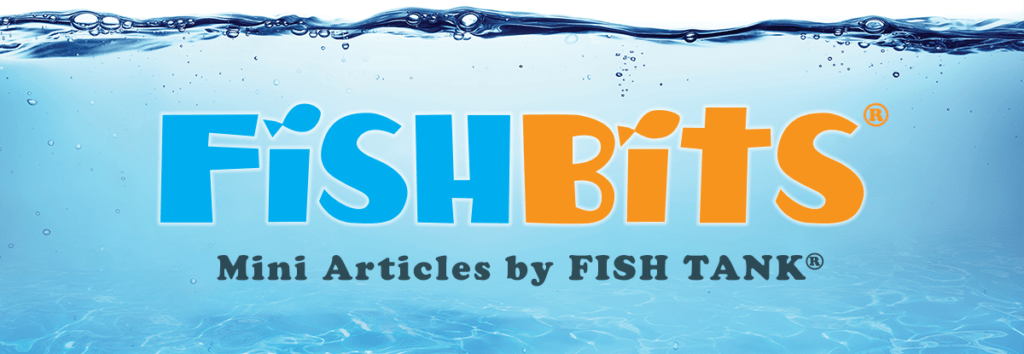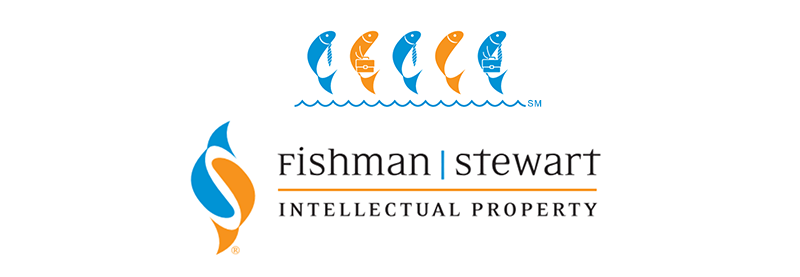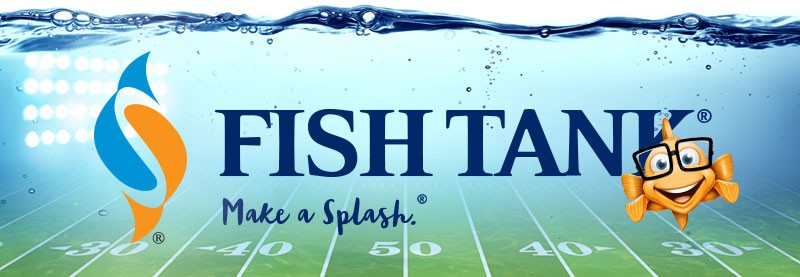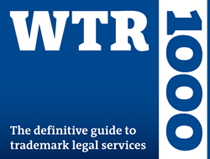Intellectual Property Insights from Fishman Stewart
Mini Article – Volume 22, Issue 17
Share on Social

Artificial Intelligence Resurrects Val Kilmer’s Voice for ‘Top Gun: Maverik’
By Art Hallman
Top Gun: Maverik has dominated the box office this summer, surpassing $1.37 billion globally, and has become Tom Cruise’s highest grossing movie of all time. To the delight of Top Gun fans, Val Kilmer returned as Tom “Iceman” Kazansky.
Kilmer’s health has been in the headlines for years and, sadly, he lost his ability to speak after battling throat cancer. But for his return to the big screen, Kilmer partnered with the London startup Sonantic to digitally recreate his voice. Sonantic is a voice synthesis company that uses an artificial intelligence engine to create expressive and realistic artificial voices.
Sonantic generates voice models by feeding its proprietary algorithms with hours of archival footage of specific individuals speaking. However, a substantial portion of the available archival footage of Kilmer was off-limits due to licensing issues. This left Sonantic with a suboptimal amount of footage to feed into the existing software to create Kilmer’s model. To compensate, Sonantic developed new algorithms capable of generating a better-quality voice model with the limited amount of available footage. Then, Sonantic generated multiple voice models and selected the model that most closely mimicked Kilmer’s voice. The result was a voice model with the capability of creating completely new dialogue with emotional expression, inflection, and nuance—which is a giant leap from the mixed-tape method of stitching together existing recorded dialogue clips.
Kilmer’s collaboration with Sonantic raises several intellectual property concerns. For instance, who owns Kilmer’s recreated voice? Kilmer? Sonantic? No one? Can Kilmer prevent Sonantic from using his cloned voice in other content? Can Sonantic or Kilmer prevent other parties from appropriating or copying the cloned Kilmer voice? How much say should Kilmer and Sonantic each have in the use of the cloned voice going forward?
Currently, there are no federal or state laws that directly address the simulation or recreation of an individual’s voice by A.I. It is unclear whether, or how, existing legal theories, like copyright law and publicity rights, might apply to the use or misuse of artificially cloned voices. Additionally, the proliferation of A.I. voice cloning has already led to sophisticated criminal activity—like a $35 million bank heist in 2020—and a $240,000 fraud scheme. Also, some uses have raised ethical concerns—like the posthumous cloning of Anthony Bourdain’s voice in a documentary film to speak a few sentences the late celebrity chef wrote, but never said aloud.
As A.I. continues to drastically evolve, political pressure is escalating for Congress to modernize intellectual property laws to keep pace with technological advancements. Progress is slow when it comes to intellectual property law, and there is no certainty that meaningful reform will occur anytime soon. Until legislation catches up, parties should carefully draft and review contract and licensing provisions regarding the ownership and control of voice models at the outset of a project.
Art Hallman is an associate attorney at Fishman Stewart and practices in the fields of patent, trademark, copyright, and trade secret law. Before attending law school, he worked as an engineer in the oil field service industry and the automotive industry. He holds an B.S. degree in electrical engineering and an MBA.
Published August 25, 2022


Related Content from Fishman Stewart
In a recent decision, the U.S. Court of Appeal for the Eighth Circuit affirmed a jury verdict holding that the use of the "Success Kid" meme by a congressman's reelection campaign for fundraising purposes did not qualify as fair use.
In February 2024, proposed legislation was introduced in US House of Representatives which would extend copyright protection to golf courses. The bill is titled “Bolstering Intellectual Rights against Digital Infringement Enhancement Act” or the “BIRDIE Act”.
June is Pride Month, which honors the 1969 Stonewall Uprising in Manhattan and recognizes the impact that lesbian, gay, bisexual, and transgender (LGBTQ+) individuals have had on history locally, nationally, and internationally. The United States Patent and Trademark Office flies the Pride Flag and promotes the Pride community’s contributions with programming offered annually.
June is Pride Month. This year we are celebrating with some IP tips for drag performers! Drag performers can protect their intellectual property by registering the copyrights in their original works of music, choreography, and comedy sketches.
You’re rarely more than a few yards from Finny’s favorite chips, semiconductor chips to be precise. But what exactly is a semiconductor chip?
"May the 4th Be With You," also known as Star Wars Day, takes place annually on May 4th. The phrase is a pun on the iconic Star Wars catchphrase "May the Force be with you."
First, a big “thank you” to all our readers who have given feedback on our newsletter. We appreciate your interest and insights. It is always a treat to hear from you! Second, we wanted to provide you with updates on some of our most popular articles
“Palworld”— a computer game created and published by Japanese developer Pocket Pair. Released as an early access game in January 2024, it sold over seven million copies on the computer platform Steam in the first five days and had nearly 20 million players in the first two weeks.
This year’s Super Bowl featured a thrilling overtime victory for the Kansas City Chiefs over the San Francisco 49ers. With estimates as high as 123 million viewers, America's premier sporting event also serves as a grand stage for creativity and intellectual property protections that enhance the game’s success.
Valentine’s Day is just around the corner and jewelry sales are usually around $6 billion USD in the United States alone. In 2021, the US Customs and Border Protection agency seized over $1 billion USD worth of counterfeit pieces of jewelry.
IDENTIFYING, SECURING AND ADVANCING CREATIVITY®











